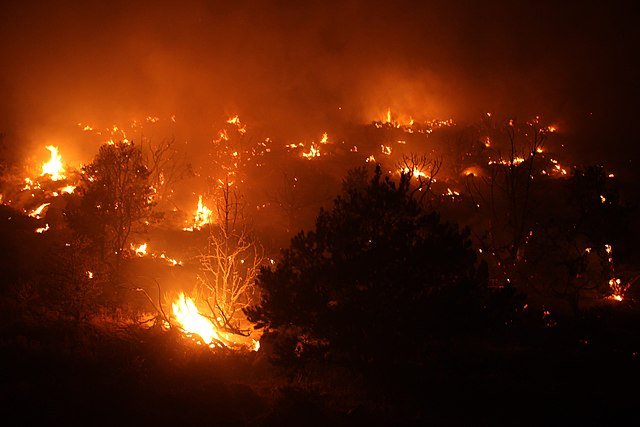Kyiv didn’t sleep last night. Not really. Not with the sky glowing orange and the thunder of explosions cracking the dark open like dry wood.
At 2:17 a.m., the first sirens wailed. By 3 a.m., they were drowned out—this time not by silence, but by the screech of missiles and the brutal hum of drones overhead. Russia had launched its most devastating assault of the year. And as glass rained down and buildings broke apart, Ukrainians braced for what felt like the end—again.
Eighteen people never made it to morning. More than 150 others, some just children, arrived at hospitals soaked in blood and dust, looking up at nurses like they were the last good thing left in the world.
“It felt like the ground opened up,” said 32-year-old Anna Mirova, who escaped her apartment moments before a fireball consumed her staircase. Her neighbor didn’t make it. “We found her shoes outside. Just her shoes.”
In Odesa, flames devoured part of a maternity ward. A young doctor reportedly shielded a newborn with her own body. The baby lived. She didn’t.
This all unfolded as the G7 leaders sat down for coffee and strategy in a Canadian resort thousands of miles away. Ukraine, once a headline, barely made the footnotes. U.S. President Trump left the summit early, calling again for Russia’s return to the diplomatic table. It didn’t sit well in Kyiv.
“I heard the words. I felt the bombs,” said paramedic Dmytro Halenko. “They don’t belong in the same sentence.”
The missiles didn’t just aim for structures—they targeted resilience. They tested the idea that if the world grew tired of watching, Ukraine might stop fighting. But this morning, as volunteers sweep glass from school hallways and shops reopen amid the rubble, it’s clear: exhaustion is not surrender.
At a candlelit vigil in Shevchenko Park, an old man played a battered violin. Children passed out water bottles. A cardboard sign leaned against a tree. In careful Cyrillic, it read: “You do not scare us. You make us stronger.”
The world may look away. Ukraine cannot.




















